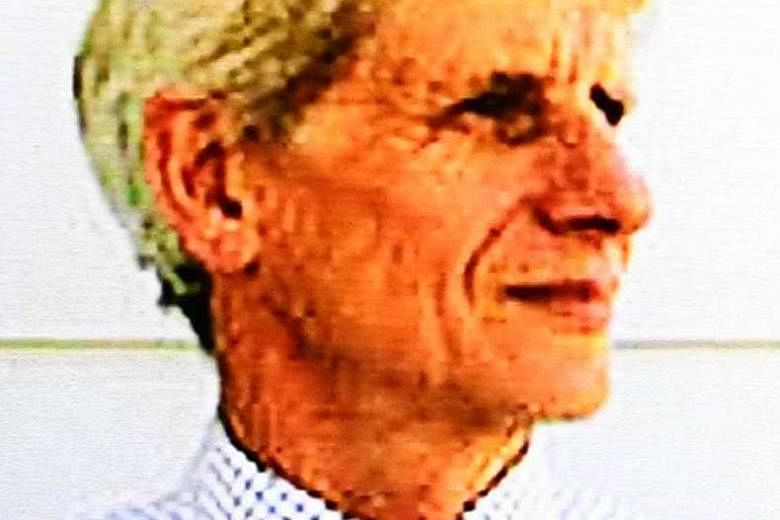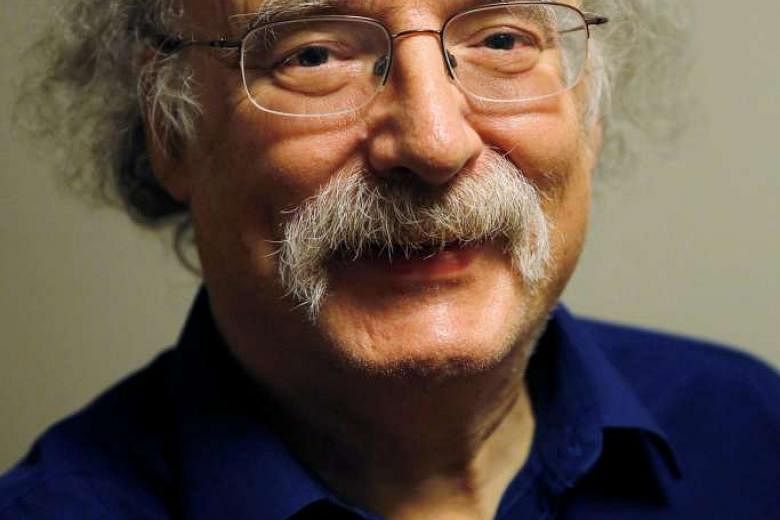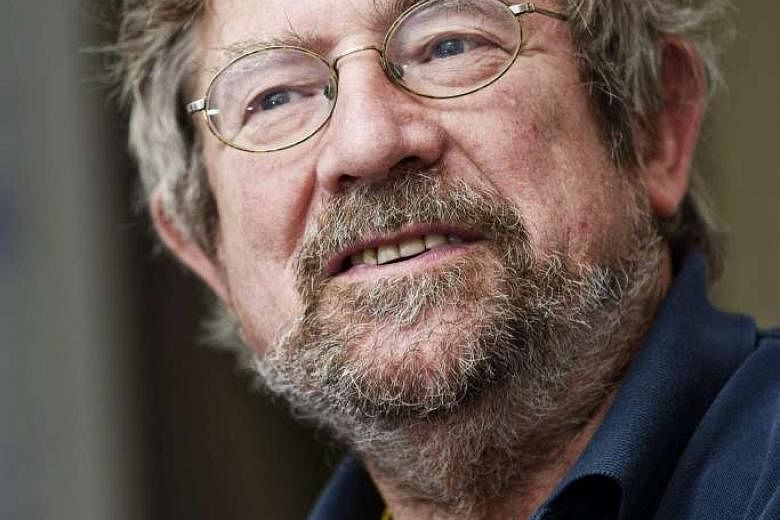STOCKHOLM • A trio of scientists described as "revealing the secrets of exotic matter" have won this year's Nobel Physics Prize.
The Nobel jury yesterday named British scientists David Thouless, Duncan Haldane and Michael Kosterlitz for theoretical discoveries of topological phase transitions and topological phases of matter.
"This year's laureates opened the door on an unknown world where matter can assume strange states. They have used advanced mathematical methods to study unusual phases, or states, of matter, such as superconductors, superfluids or thin magnetic films. Thanks to their pioneering work, the hunt is now on for new and exotic phases of matter," the Royal Swedish Academy of Sciences said.
Although British-born, all three now live and work in the United States - Professor Thouless at the University of Washington, Prof Haldane at Princeton University and Prof Kosterlitz at Brown University. The laureates will share the eight million Swedish kronor (S$1.28 million) prize. Prof Thouless won one-half of the prize, while Prof Haldane and Prof Kosterlitz share the other half.
The jury said their pioneering work "has boosted frontline research in condensed matter physics, not least because of the hope that topological materials could be used in new generations of electronics and superconductors, or in future, quantum computers".
Topology, in which the three laureates specialise, is a branch of mathematics that investigates physical properties of matter and space that remain unchanged under deforming forces, including stretching. It holds exceptional promise for quantum computing and tiny quantum devices as topological states can transport energy and information without overheating, unlike traditional quantum mechanics.
"They demonstrated that superconductivity could occur at low temperatures and also explained the mechanism, phase transition, that makes superconductivity disappear at higher temperatures," the jury noted.
In the 1980s, Prof Thouless was able to explain a previous experiment with very thin electrically conducting layers in which conductance was precisely measured as integer steps. "He showed that these integers were topological in their nature, " the jury said.
AGENCE FRANCE-PRESSE, WASHINGTON POST



